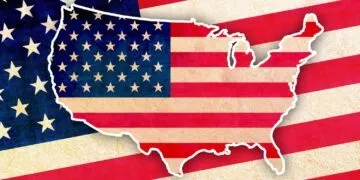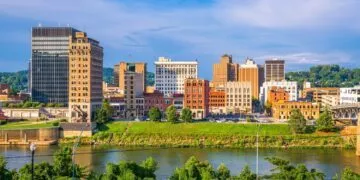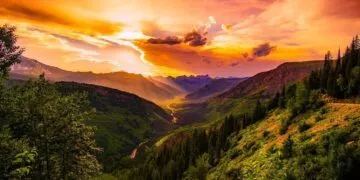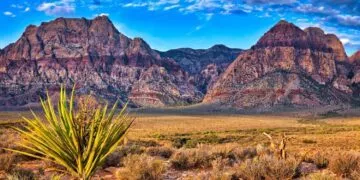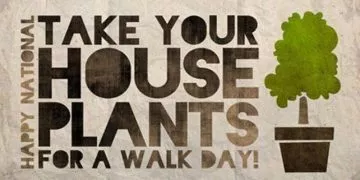Commonly nicknamed the “Beaver State,” Oregon was the 33rd state to join the United States of America on February 14, 1859.
It has a population of 4,217,737 (as of 2019), making it the 27th most populous state.
Oregon is bordered by the states of Idaho, California, Washington, and Nevada. With a total of 98,381 square miles (254,806 square kilometers) of land and water, it is the 9th largest state.
The capital of Oregon is Salem which is situated to the west of the state, just south of Portland.
That’s enough fast facts about the Beaver State for now; we’re here to learn the more fascinating facts!
People have been living in Oregon for at least 13,000 years!
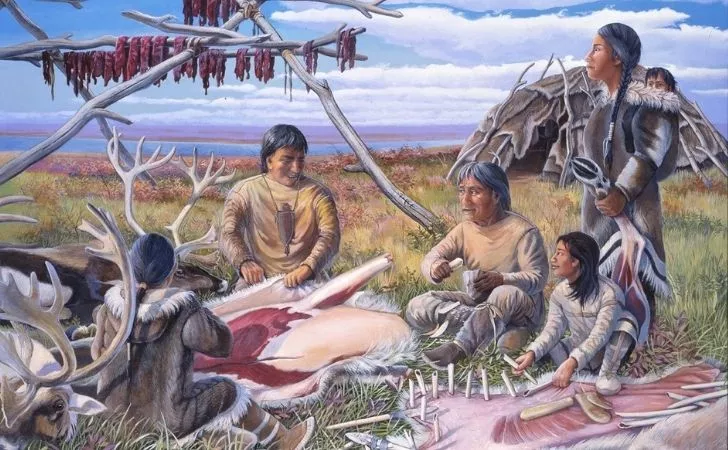
It’s commonly believed that the Americas were initially settled by a group of people referred to as the Paleo-Indians.
These early settlers came into North America via the Bering Strait from the far east of what we now know to be Russia sometime around 15-13,000 BC.
The earliest evidence of Paleo-Indian activity within the region now called Oregon goes back to at least 13,200 years ago.
While there are many indications that they may have existed in this region for even longer, the oldest solid evidence comes from a pair of bark sandals discovered in a cave near Fort Rock, Oregon.
The first Europeans to set eyes on Oregon were Spanish sailors.

The first account of Europeans reaching anywhere near modern-day Oregon goes back to 1543, when a Spanish exploratory ship commanded by Juan Rodríguez Cabrillo sailed past Southern Oregon.
Later, in 1592, another Spanish ship would map the region in much more detail under the command of the famed Greek cartographer and maritime pilot Ioannis Phokas (commonly known as Juan de Fuca, the Spanish version of his name).
In the following few centuries, many ships would pass by the coast of Oregon, but very few made landfall.
The Lewis and Clarke expedition reached Oregon in 1805.
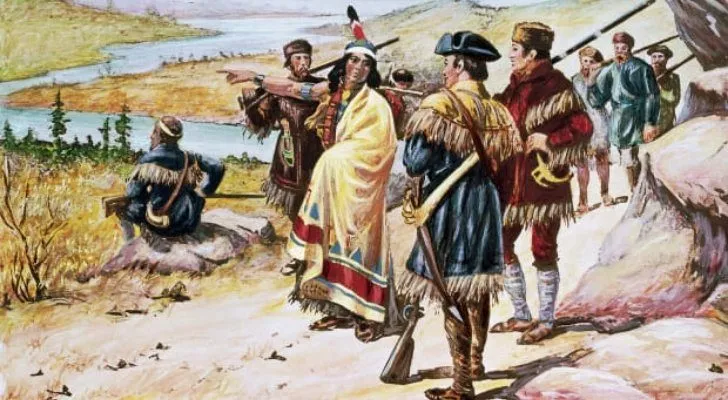
In 1803, the United States of America acquired a massive swathe of land from France in a deal now known as the Louisiana Purchase.
This land was largely unmapped, so President Thomas Jefferson commissioned Lewis and Clarke to explore the region, map it, and document all flora and fauna they found on their way.
The Lewis and Clarke expedition set off from Illinois in 1804.
It wasn’t until 1805 that they finally reached the Pacific coast and traveled through modern-day Oregon.
Lewis and Clarke spent the winter in Oregon in a log-cabin fort called Fort Clatsop.
Shortly after this, they began the long trek back east.
Oregon was once home to many different Native American tribes.
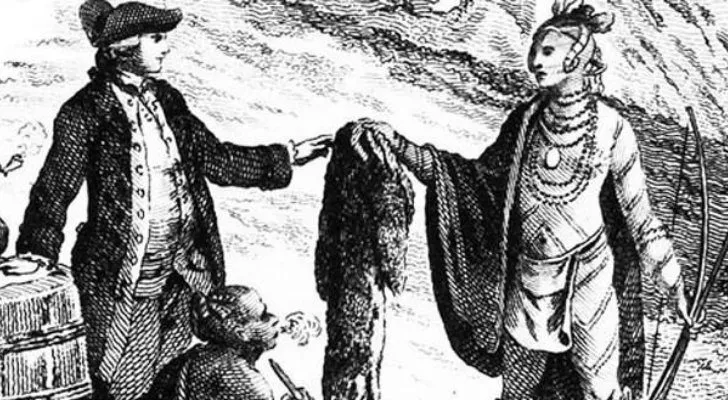
When the first Europeans set eyes upon modern-day Oregon in the 16th century, there were many different tribes peacefully coexisting within the region.
Some of the many tribes which lived here during this period included the Nez Perce, Chinook, Umpqua, and Klamath, among many others.
When Europeans and European-Americans first started moving into the region to capitalize on the lucrative fur trade, the original Native American inhabitants first welcomed them with open arms.
This ultimately led to the downfall of many tribes, as previously unknown diseases ravaged their population. Many of the survivors were then removed to reservations, often by force.
No one knows the true origin of the state’s name.
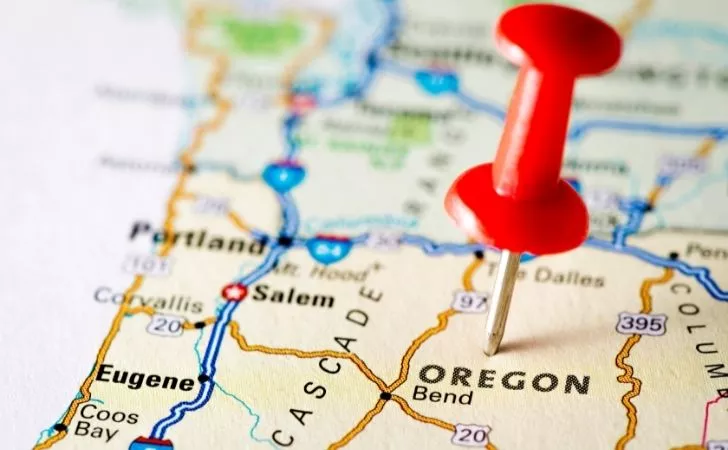
That being said, there are quite a few solid theories. The first evidence of Oregon being used as a name comes from a history written by New Spaniard Rodrigo Montezuma about Alta and Baja California, parts of New Spain that once included modern-day Oregon.
Within this chronicle, the name “Orejon” is used, possibly to describe at least parts of the Oregon region.
Orejon translates from Spanish into “big ear.” Another possible explanation for the name comes from French-Canadian fur trappers who operated within the region.
It’s claimed that the French word Ouragon, meaning windstorm or hurricane, was used for the area due to the strong winds in parts of the state along the Columbia River.
Great Britain and the USA nearly went to war over Oregon.
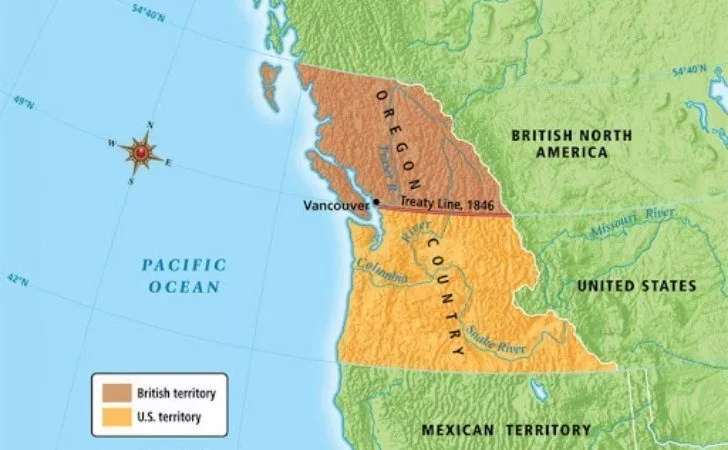
The European settlement of Oregon started much later than many other parts of North America.
By the time it happened, the USA had already been established in the east, and Great Britain still had interests in the modern-day Vancouver region.
The two powers moved into the region to exploit the lucrative fur trade in the early 19th century, although not without conflict.
At first, both nations had a relatively balanced level of power in the area and, as such, could coexist quite well.
During this period, the region was referred to as Oregon Country by the USA and Columbia District by Great Britain.
By the 1830s, thousands of European Americans had flocked to the area and began to push out the British.
With the threat of war looming, the USA and Great Britain signed the Oregon treaty in 1846.
With this treaty, Great Britain controlled the northern regions of the disputed territory, and the USA gained modern-day Oregon and Washington states. Oregon Territory was established soon after in 1848.
African Americans were once banned from Oregon.
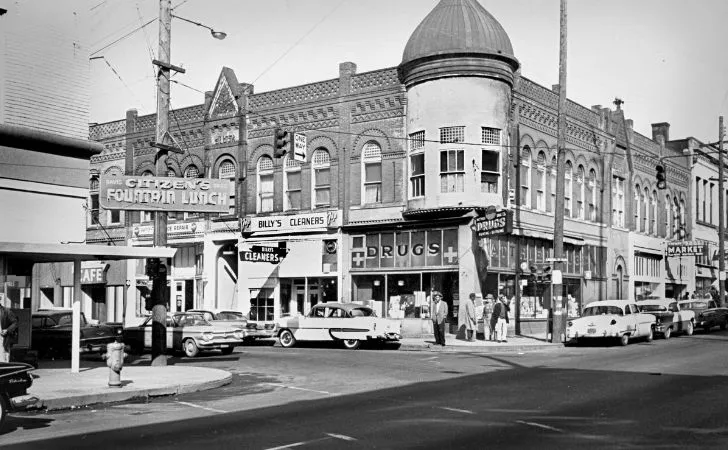
In 1844, before Oregon Territory was even established, the Provisional Government of Oregon established a set of laws now known as the Oregon black exclusion laws.
These laws stipulated that slavery was banned within the region. While this was an excellent move for the region, it came with a sinister catch.
Sure, slavery was banned, but so were free African Americans.
Any African American found within the region was whipped every six months they remained there.
Anyone who entered the region with enslaved African Americans was allowed to hold them there for up to three years before they had to be removed.
Portland was once one of the most dangerous port cities in the US.
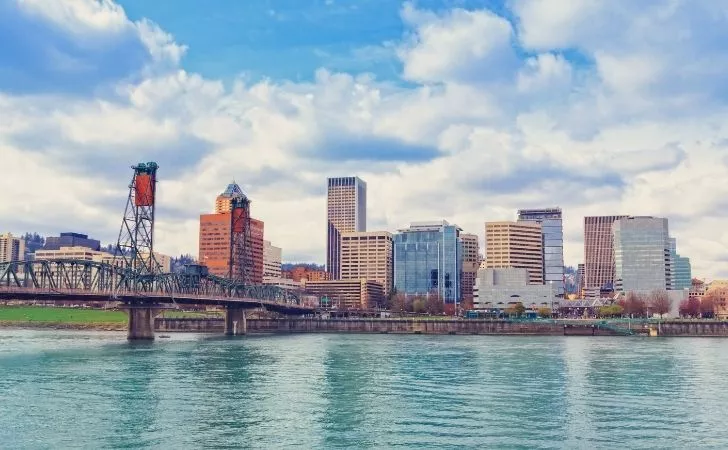
Today, Portland is lauded as one of the most livable cities in the US, but this was not always the case.
Portland developed rapidly as a port city during the early 19th century thanks to a lucrative lumber trade.
The city saw a criminal underworld grow throughout the century, peaking in the latter half.
During this period, criminal activity was rife along the waterfront.
It wasn’t uncommon for people to go for a drink in a bar only to be drugged and wake up onboard a ship headed for Asia.
They were sold to the ship’s captain and enslaved, forced to either work or die.
As crazy as this sounds for the late 19th century, it was a genuine issue, and it’s actually where we get the term “Shanghaied.”
Oregon is packed to the brim with natural beauty.
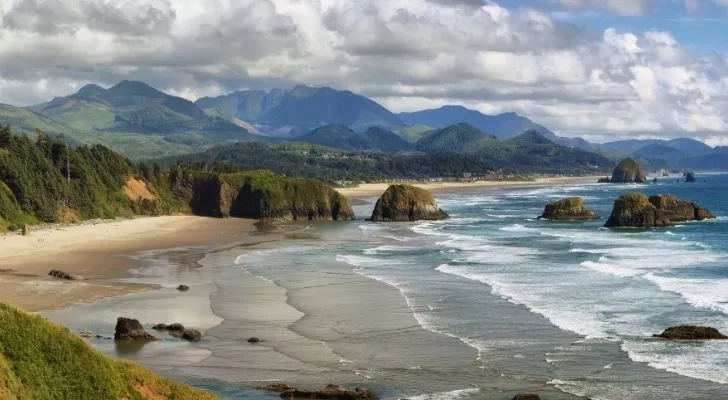
Most people think of endless evergreen forests when they think of Oregon. This may be true for much of the state, but there’s much more to it.
To the central and eastern parts of the state lie vast high-altitude deserts and lava fields.
The state is divided in two by the majestic Cascade Ranges, a series of mountain ranges formed by intense volcanic activity.
In contrast to the eastern deserts, parts of the coastal region are classified as rainforests.
Much of the state’s natural beauty is still untouched, with around 60% of the total area covered in forest.
Portland is a beer lover’s paradise.
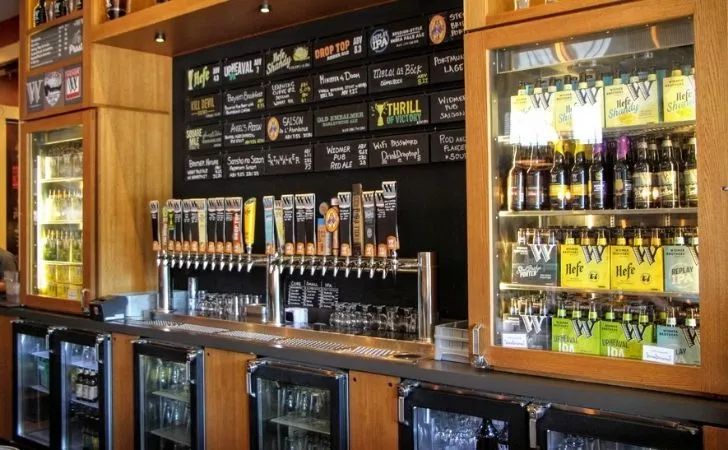
If you’re a fan of good beer, then Portland is the place to go. One reason is that Portland has more breweries than any other city in the world.
There are 75 breweries in the city, with more popping up yearly.
Portland is a relatively new entrant into the beer world, with the craft beer industry kicking off in the 80s.
These days the city’s event calendar is chock full of beer-related events, earning the city the nickname “Beervana.”
Oregon is home to the deepest lake in the USA.
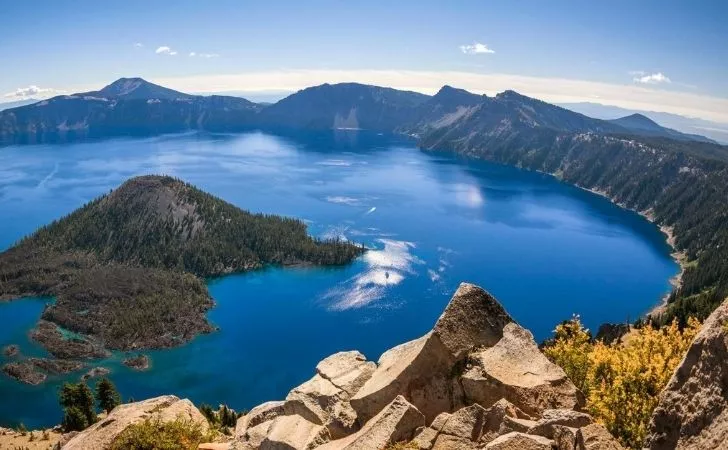
Tucked away in the Cascade Mountain Range lies Crater Lake, one of the most breathtaking natural wonders of the USA (if not the world!).
Crater Lake formed 7,700 years ago when the 12,000-foot (3657 m) tall volcanic Mount Montezuma erupted and collapsed in on itself.
The lake was filled with water from melting snow and became the deepest lake in the USA, measuring some 1,943 feet (592 m) deep.
The waters of Crater Lake are something that can only be seen in person to truly appreciate their beauty.
The incredible vibrant hue the lake’s water takes on comes from the fact that it is filled with rain and snowmelt.
No rivers carry sediment or minerals into it, so its clarity is unrivaled.
The largest living organism in the world lives and thrives in Oregon.
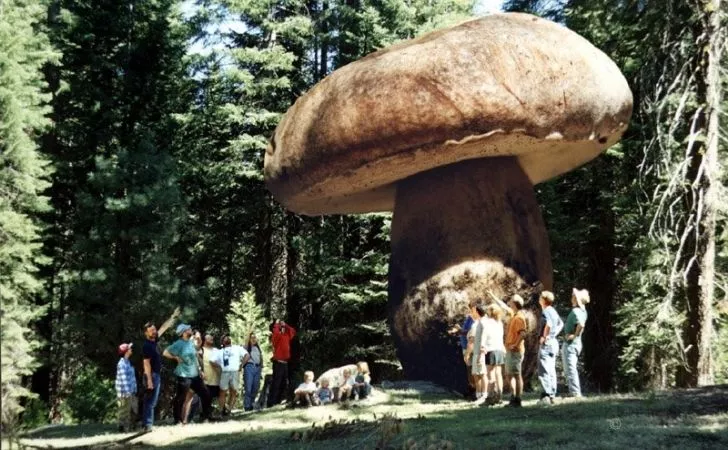
Surprisingly, it’s actually a mushroom. More specifically, it’s called Armillaria ostoyae (or honey mushroom), and it’s said to be at least 2,400 years old.
This colony of honey mushrooms has been spreading throughout the Malheur National Forest in the east of Oregon for thousands of years.
The mushroom has spread through the forest through a living network called mycelium, a white-looking fungus filament that covers the forest’s undergrowth.
It’s not too difficult to spot this giant organism, though, as it kills trees it comes into contact with and sprouts golden mushrooms nearby.
This single colony of honey mushrooms encompasses an area of the forest measuring 2,200 acres (880 hectares), making it the largest single living organism in the world.
A leprechaun colony lives in a tiny park in Portland, Oregon.

In 1946, World War II veteran Dick Fagan returned to Portland, Oregon, to pursue a career in journalism.
Shortly after commencing work, he noticed a hole in the median of the busy road outside his building.
The hole was initially intended to be filled with a light pole, but people soon forgot about it until it overgrew with weeds.
Dick decided to plant some flowers in the hole and call it a city park, the smallest known park in the world.
He named the park Mill Ends Park and wrote about it in a series of columns for the Oregon Journal.
He spans tales of a colony of leprechauns living in the confines of this minuscule park, which he dubbed the “only leprechaun colony living west of Ireland.”
As the only person who could apparently see the leprechauns, it was up to him to write about them, and he did just that up until he died in 1969.
Shortly after, in 1972, Mill Park was designated as an official city park.
There’s a ghost town in remote Oregon called Idiotville.
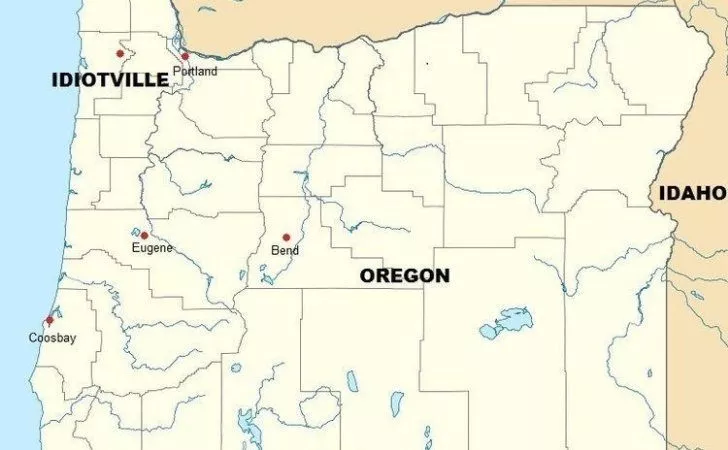
You won’t find any traces of the settlement today, though.
Idiotville was only a tiny lumber camp set up deep in the Tillamook Forest, to the west of Portland.
The forest had suffered almost twenty years of constant forest fires from 1933 to 1951, and the camp was established to attempt to salvage any remaining timber.
It was a several-day journey into the forest to reach Idiotville, and the efforts of the salvage workers were often fruitless.
Residents in the nearby regions started exclaiming that only an idiot would travel to such a remote region for such pointless work.
Over time, the name began to be applied to the camp, and Idiotville gained its name.
The camp has long been abandoned, disappearing without a trace. The only visible evidence of it ever existing is found in the nearby river, which was aptly named Idiot Creek.
Springfield, Oregon, is the inspiration for the town in The Simpsons.
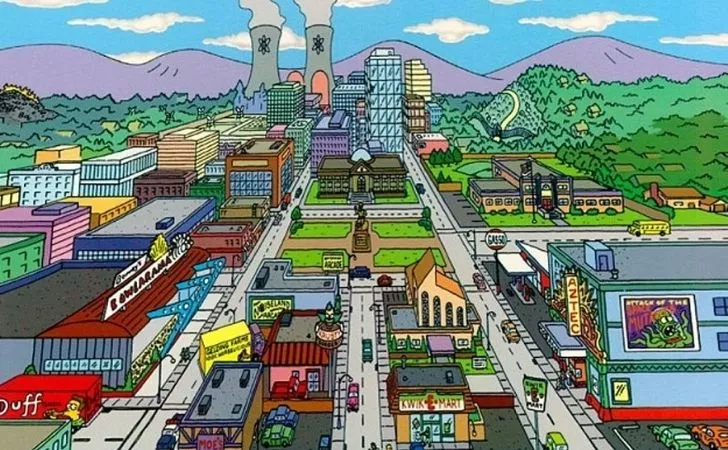
Matt Groening, the creator of The Simpsons, deflected several questions in the past about where Springfield is based.
A big reason for this is that he realized Springfield is a common town name in the US, and as such, he wanted residents all over the country to draw some connection between the fictitious town and their own.
That being said, Groening has placed more than a few clues throughout the TV series which connect it to Oregon.
Many of the characters, such as Flanders and Lovejoy, are named after streets in Portland.
The actual town of Springfield also possesses a plaque signed by Groening with the inscription “Yo to Springfield Oregon – The Real Springfield.”
Oregon is undoubtedly one of the most beautiful parts of the USA, if not North America.
Though, it’s not fair to other US states that Oregon is graced with such incredible natural beauty and has Portland, the brewery capital of the world!
As you can imagine, Oregon is a pretty relaxed state.
That doesn’t mean there’s nothing to do there, though, as it’s packed to the brim with indoor and outdoor events and activities ranging from cultural events to hiking volcanoes!


